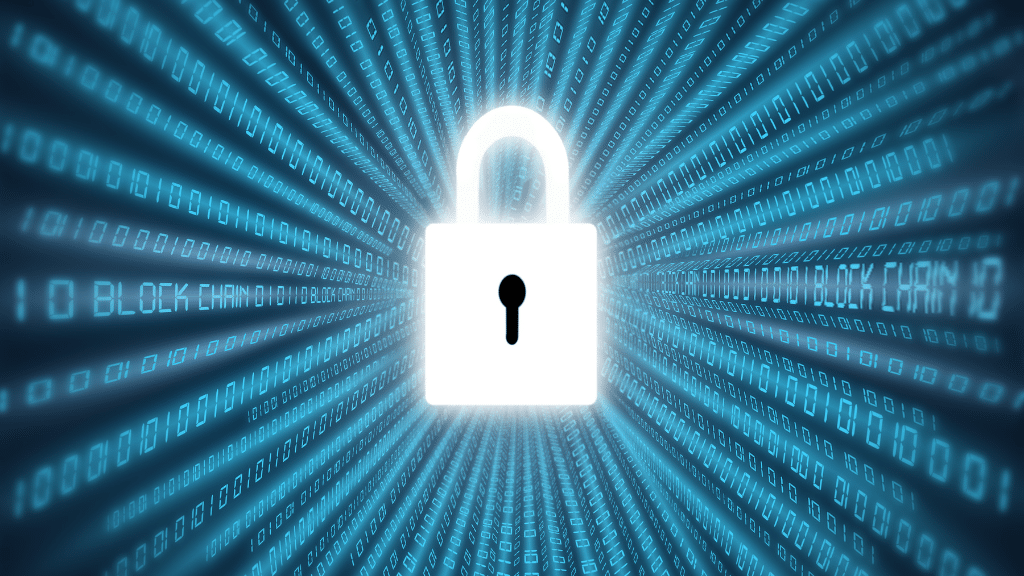The digital credentials on Blockchain They are becoming an essential tool in the educational and professional field. These credentials offer security and transparency, making them ideal for certifying skills and achievements of both students and collaborators. Blockchain technology guarantees that certifications cannot be falsified, providing confidence to both employers and educational institutions.
What is Blockchain technology in simple words?
La Blockchain technology is a shared, secure database that stores information in interconnected blocks. These blocks are distributed across multiple computers, ensuring that the information is immutable and accessible only to those with appropriate permissions. In simple terms, it is like a digital ledger that is almost impossible to alter.
Advantages of Digital Credentials in Blockchain
The digital credentials on Blockchain They provide numerous advantages. First, they make the skills verification process easier. An outsider or recruiter can quickly verify the authenticity of credentials, saving time and resources. Additionally, these credentials are easily accessible and portable. Students or collaborators can easily share their achievements, improving their academic and professional opportunities.
Security and transparency
One of the biggest advantages of digital credentials on Blockchain is security. The Blockchain technology uses advanced cryptography to protect information. This ensures that the credentials are authentic and cannot be altered. Additionally, the transparency of Blockchain allows institutions and employers to verify credentials without intermediaries.
Decentralization
One of the most important advantages of using Blockchain-based digital credentials is the decentralization. The Blockchain stores digital credentials on multiple computers. This means that there is no central authority controlling these credentials. Being distributed across a network of nodes, each with a copy of the blockchain, ensures that no single entity has the power to alter or manipulate the information. This decentralized structure increases the security and integrity of digital credentials.
User property
People have full control of their digital credentials. Blockchain allows people to own, manage and share credentials without the intervention of a third party, giving more autonomy and privacy to the user.
Interoperability
La Blockchain technology facilitates the interoperability of digital credentials. Digital credential interoperability is the process of creating a unified system for easy verification. Blockchain achieves this by creating a decentralized database where all Blockchain-based digital credentials can be verified instantly.
Facilitating continuous learning
Digital credentials also promote continuous learning. Students or collaborators can accumulate and display a variety of skills and knowledge throughout their lives. This is especially beneficial in an ever-changing world of work, where the ability to adapt and learn new skills is crucial.
What is the role of Blockchain technology in digital credentials?
La Blockchain technology plays a crucial role in digital credentials by ensuring their authenticity and security. By using a decentralized system, Blockchain allows credentials to be verified and validated without the need for a central authority. This not only increases confidence in credentials, but also simplifies the verification process for employers and other institutions.
Implementation in Educational Institutions
Many educational institutions are already adopting the digital credentials. These institutions recognize the value of providing their students with secure and verifiable credentials. Additionally, the implementation of this technology can improve administrative efficiency, reducing the time and costs associated with issuing and verifying traditional certificates.
Impact on the labor market
The impact of digital credentials on the labor market is significant. Employers can trust the authenticity of credentials, reducing the risk of hiring candidates with falsified skills. Additionally, these credentials allow employers to quickly identify qualified candidates, improving the hiring process.
Likewise, HR or Training & Development, are seeing digital credentials as an effective tool to leverage their upskilling and reskilling strategies. They are a way to recognize and make visible the skills and competencies of your teams.
Future of Digital Credentials with Blockchain
The future of digital credentials on Blockchain is promising. As more institutions and employers adopt this technology, digital credentials are expected to become a standard in education and the workplace. This will not only benefit students, professionals and employers, but will also contribute to creating a more transparent and efficient labor market.
In conclusion, the digital credentials based on Blockchain Technology They are revolutionizing learning and certification processes. They offer security, transparency and efficiency, key benefits for both students and collaborators. As this technology continues to evolve, its adoption will expand, transforming the future of education and employment.
Subscribe to blog here and receive all our content







